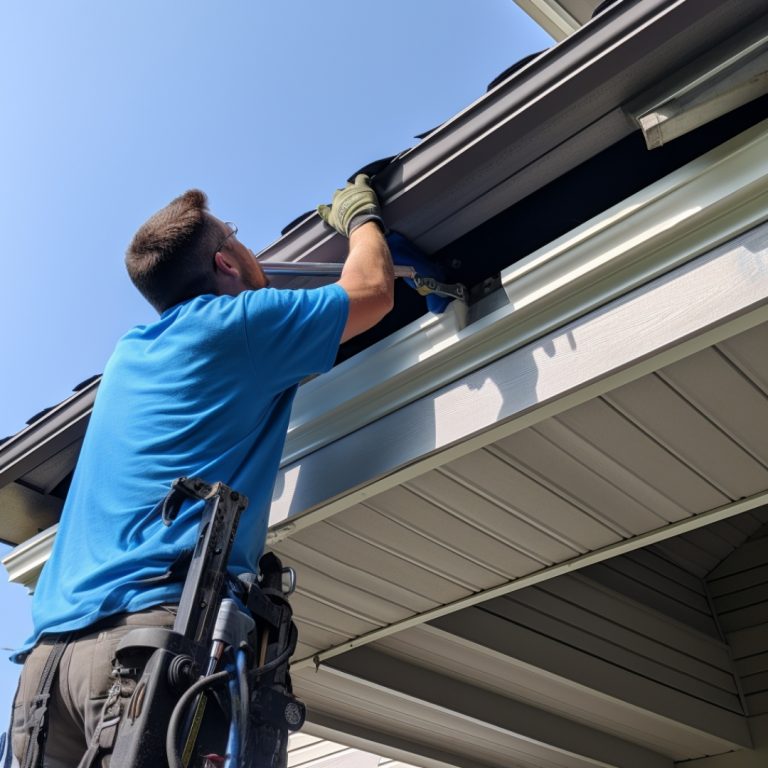Maintaining your home’s exterior is an essential part of preserving its structural integrity and energy efficiency. One often overlooked area of home maintenance is the soffit and fascia. These components not only serve functional purposes but also contribute significantly to your home’s curb appeal. In this blog post, we’ll discuss the importance of soffit and fascia, their critical functions, and how to properly maintain and repair these elements to keep your home in tip-top shape.
Key Takeaways
- Soffit and fascia are important components of home architecture, providing ventilation, protection, and aesthetic appeal.
- Regular maintenance and repair is essential to ensure their structural integrity and enhanced curb appeal.
- When selecting a contractor for repairs or replacements, consider experience level as well as customer feedback to make the best decision for your budget.
Understanding Soffit and Fascia: Their Roles in Home Architecture
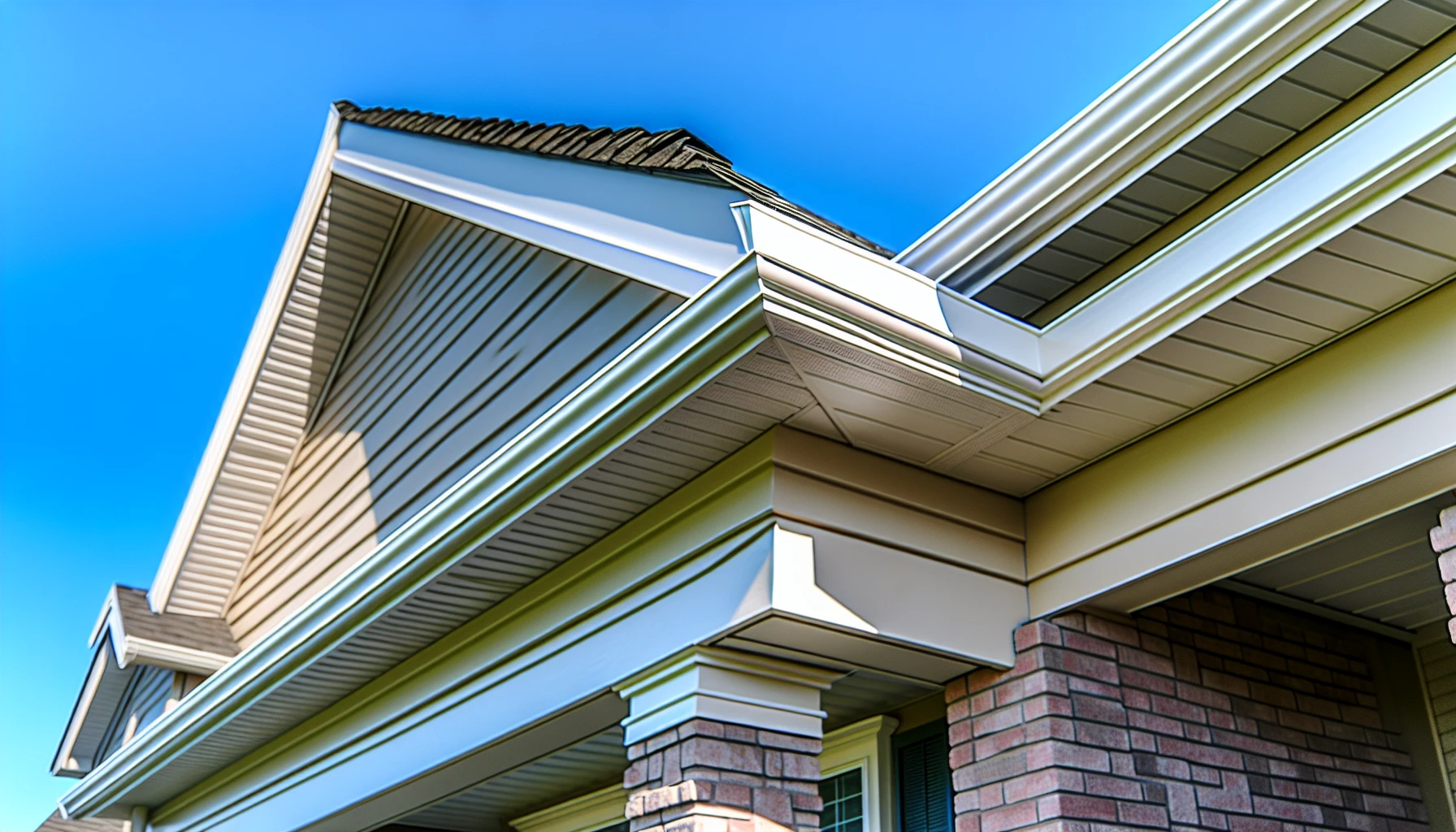
Soffit and fascia are vital elements of your home’s exterior, serving significant purposes in ventilation, protection, and aesthetics. Your home’s soffit is typically found on the underside of your roof’s overhang, which ensures proper ventilation and protection for your home. Timely soffit repair can help maintain the airflow and prevent moisture buildup in the attic, preventing mold and other issues. It is essential to regularly inspect and maintain your home’s soffits to ensure their optimal performance.
Fascia board, on the other hand, is the exposed board that runs along the edge of your roof, protecting the exposed siding and other elements from damage. It also supports the gutter system and contributes to the overall aesthetic appeal of your home. Consistent maintenance of fascia is needed to sustain its functionality and keep your home aesthetically pleasing.
The Critical Functions of Soffit and Fascia
Soffit and fascia perform key functions in upholding your home’s structural integrity and energy efficiency. The soffit is responsible for proper ventilation, while the fascia protects the roof’s edge and supports the gutter system.
If you notice any damage or signs of wear on your soffit and fascia, it’s necessary to promptly address the issue to avoid additional damage and preserve your home’s exterior.
Soffit: Ensuring Proper Ventilation and Protection
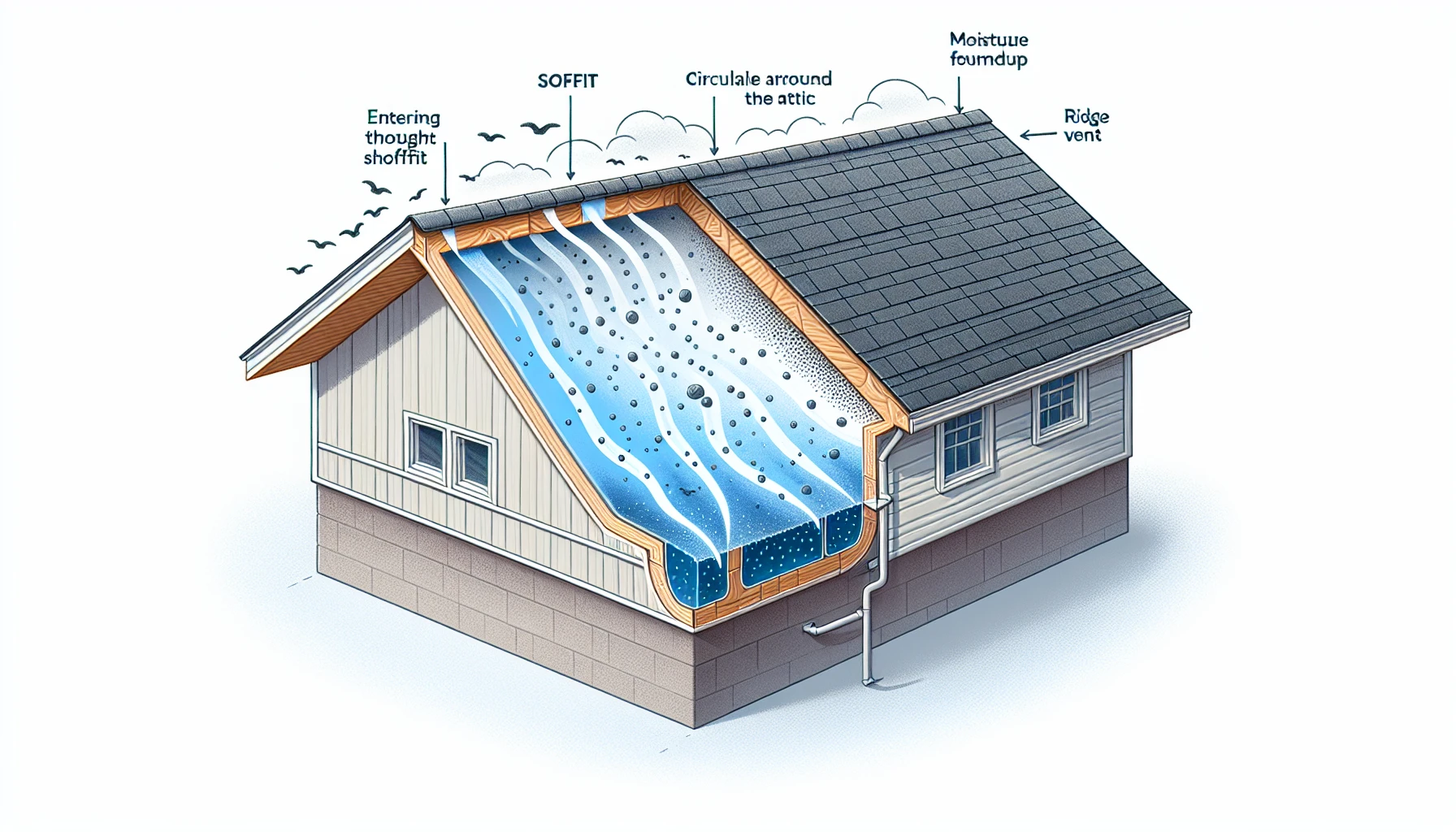
Soffit plays a vital role in ensuring proper ventilation throughout your home, preventing moisture buildup and mold growth in the attic. It also protects the roof’s overhang from water damage and keeps pests out of your home. Using materials like aluminum soffit can provide better durability and resistance to damage, ensuring your home stays well-ventilated and protected.
If you notice any damage to your soffit, like cracks or holes, it’s important to promptly tackle the problem. In some cases, you may need to consult with a pest control professional to eliminate any infestations before repairing or replacing the soffit. Proper maintenance and timely repairs can ensure your soffit continues to function effectively, safeguarding your home’s structure and ventilation.
Fascia: The Shield for Your Roof and Home’s Structure
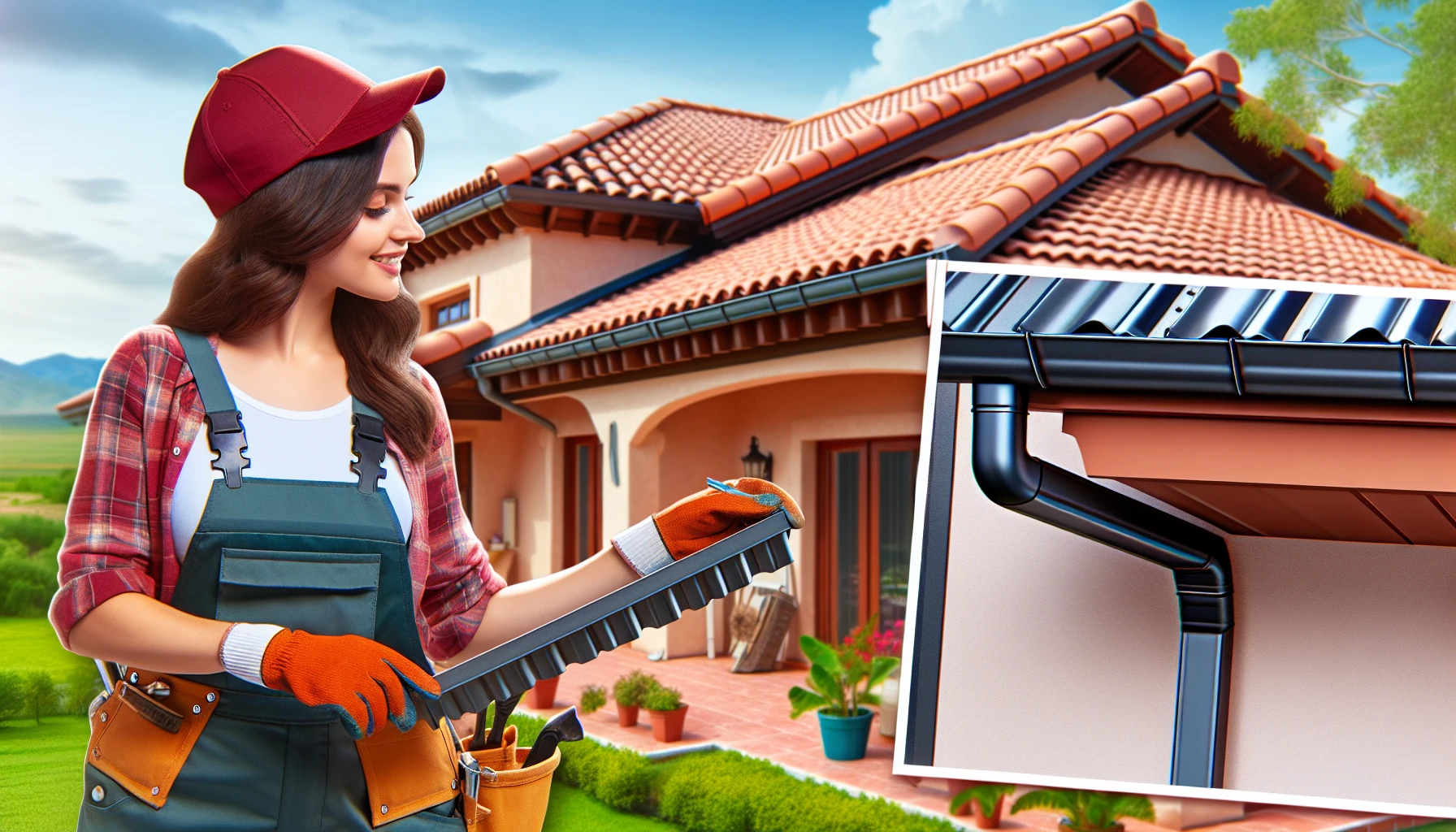
Fascia serves as a protective barrier for your roof and home’s structure, supporting roof tiles and gutters while enhancing curb appeal. Various materials can be used for fascia boards, each with its advantages and disadvantages. Some common materials include:
- Wood: Provides a natural and traditional look, but requires regular maintenance and can be prone to rot and insect damage.
- PVC: Offers durability and low maintenance, but may not have the same aesthetic appeal as wood.
- Aluminum: Lightweight and resistant to rust, but can be more expensive than other options.
- Vinyl: Affordable and easy to install, but may not be as durable as other materials.
The fascia provides a stable base for the installation of roof tiles and gutters, ensuring the roof’s edge and your home’s siding remain protected from water damage and other issues. To maintain this protection, it’s essential to consider fascia repair when needed.
Consistent maintenance and repair fascia efforts are necessary to keep your fascia in prime condition, avoiding problems like rot, water damage, and pest infestations. By choosing high-quality fascia materials and maintaining them properly, you can significantly enhance your home’s curb appeal and protect its structural integrity.
Signs That Your Soffit and Fascia Need Attention
Recognizing signs of damage to your soffit and fascia is important to timely address the issues. Common indications of damage include:
- Cracks
- Holes
- Rotting
- Peeling or flaking paint
- Water stains
- Pest infestations
If you notice any of these signs, it is important not to ignore them and take action to address the damage to your soffit and fascia.
Water infiltration through damaged soffit and fascia can lead to rotting, mold growth, and other expensive damage to your home. To prevent these issues, be proactive in inspecting and maintaining your soffit and fascia, addressing any signs of wear or damage as soon as you notice them.
Selecting Materials: From Wood to Vinyl Soffit Options
As for soffit and fascia materials, homeowners have multiple options to consider, each having its own advantages and disadvantages. Wood soffit and fascia boards are more cost-effective than other materials but require more maintenance and are susceptible to mold and decay. Vinyl soffits, on the other hand, offer increased resistance to rot and water damage and do not require painting, making them a low-maintenance option.
Aluminum fascia boards provide durability and minimal maintenance requirements but can be more expensive and challenging to install. When selecting materials for your soffit and fascia, consider factors such as cost, maintenance, and durability to make the best choice for your home.
How to Protect and Enhance Your Home’s Curb Appeal with Soffit and Fascia
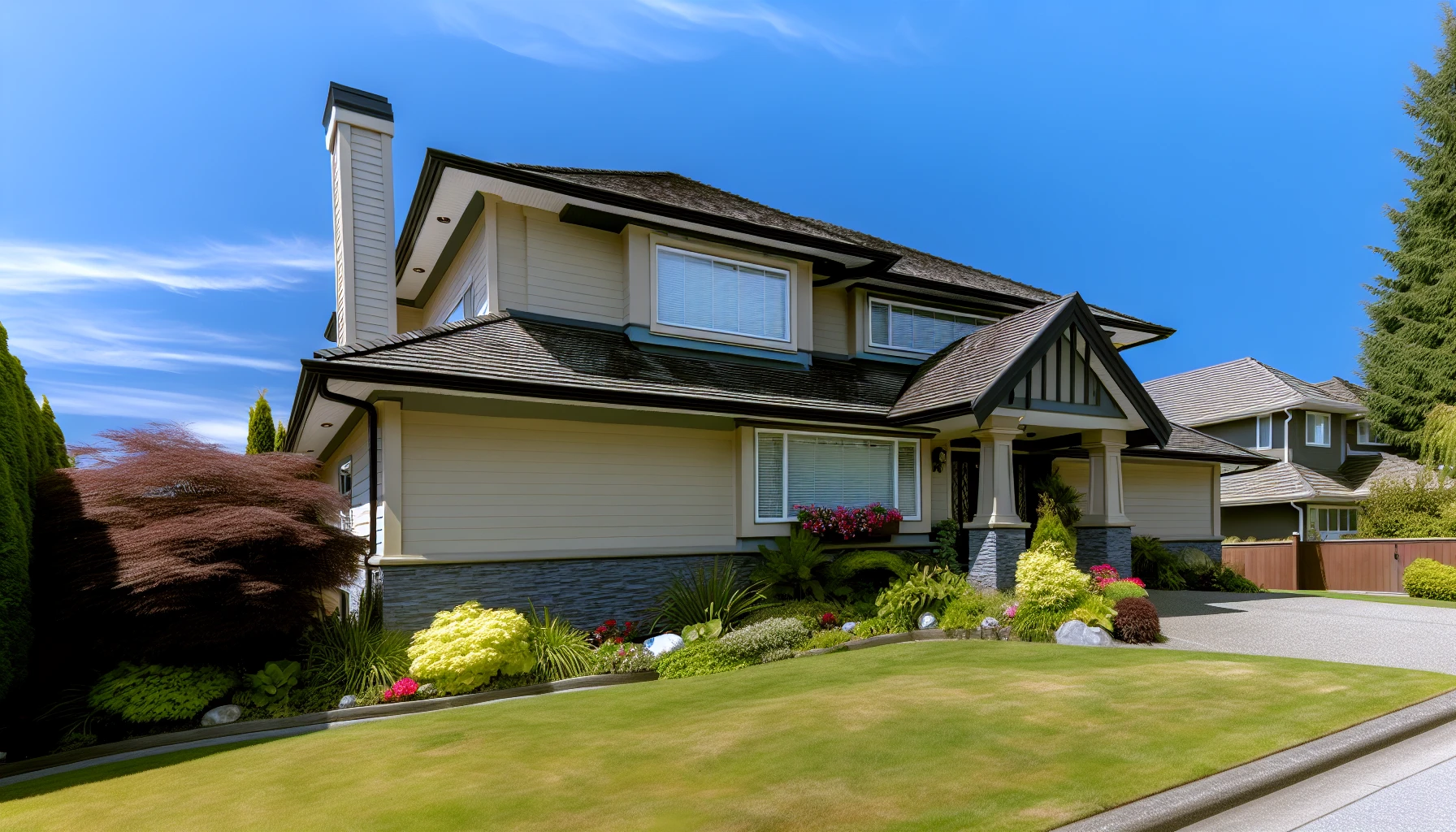
Appropriate maintenance and prompt repair soffit can extend the lifespan of your soffit and fascia, improving your home’s curb appeal and averting problems like water damage, mold growth, and pest infestations.
By maintaining your soffit and fascia, you can keep your home looking polished and well-kept, preserving its value and making a strong impression on visitors and potential buyers.
Maintenance Tips for Prolonged Life
For proper maintenance of your soffit and fascia, regular inspections and cleaning are necessary. Washing them with a soft bristle brush and water, using a solution of water and household detergent for extra dirt, and cleaning them with compressed air can help keep your soffit and fascia in good condition. It’s recommended to visually inspect your soffit and fascia at least twice a year to ensure their longevity and proper functioning.
Address any minor issues you notice during your roof inspection promptly. This proactive approach can help prevent more significant problems down the line and extend the lifespan of your soffit and fascia. For more severe damage or if you’re unsure about the extent of the issue, consult with a professional for guidance and assistance.
Repair vs. Replacement: Making the Right Choice
When faced with damaged soffit and fascia, homeowners need to decide whether to repair or replace these components. Assessing the severity of the damage and consulting with experts can provide helpful advice to make a wise decision. The cost of repairing soffit and fascia can range from $6 to $20 per linear foot, depending on the extent of the damage and the materials used, while replacement costs can range from $8 to $20 per linear foot.
It’s essential to consider the potential risks associated with repairing rather than replacing damaged soffit and fascia, such as:
- Water damage
- Rotting
- Mold growth
- Improper installation leading to serious problems
By carefully assessing the condition of your soffit and fascia and consulting with professionals, you can make the right choice for your home and budget.
Hiring the Right Professional for Soffit and Fascia Repairs
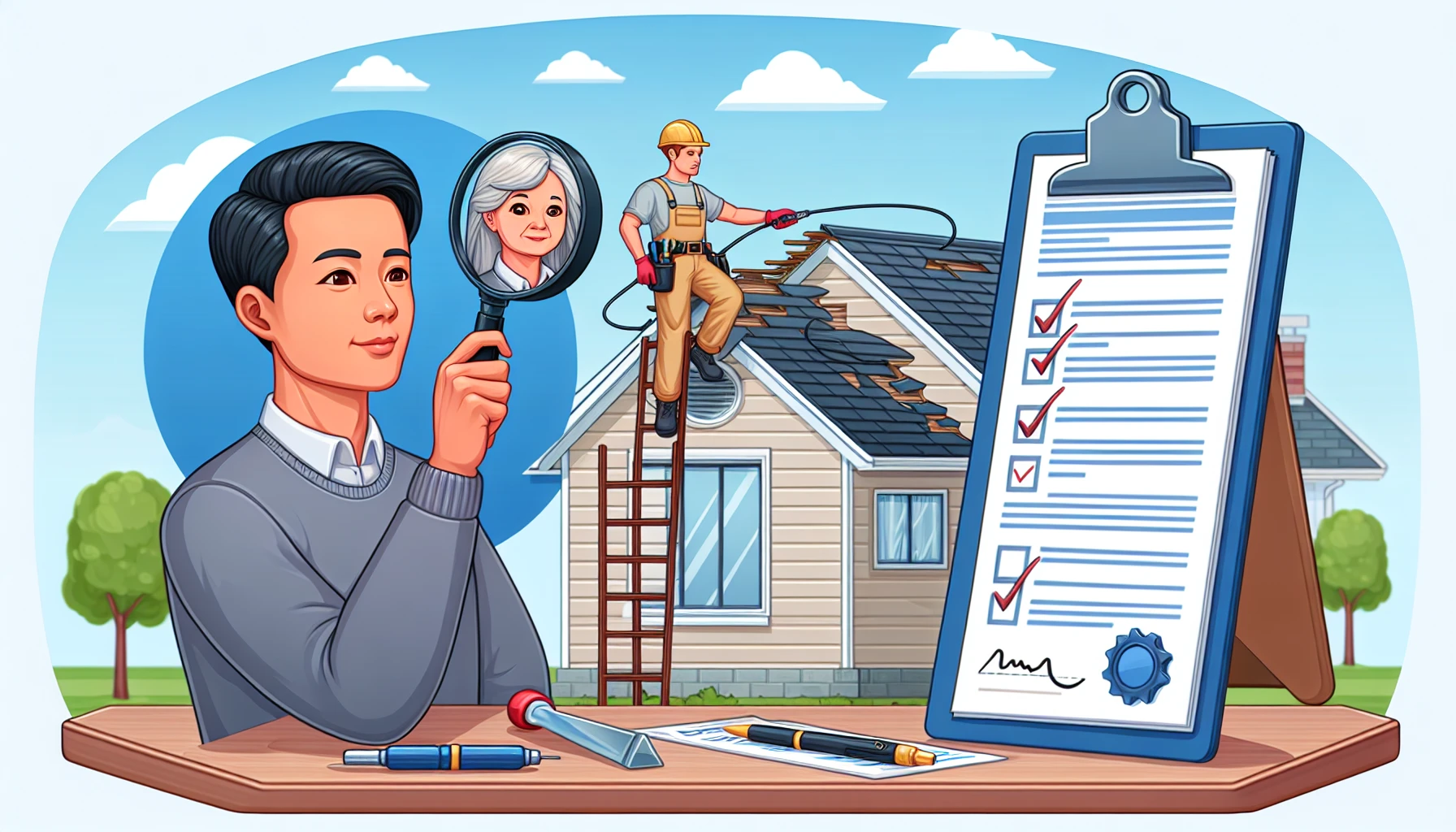
Engaging a competent contractor for soffit and fascia repairs is important to guarantee the task is accomplished accurately and efficiently. A professional will have the necessary experience, licenses, and references to provide the best possible service for your home. By hiring the right professional, you can avoid potential issues and complications that might arise from DIY repairs or engaging an inexperienced contractor.
What to Look for in a Contractor
In selecting a contractor for your soffit and fascia repairs, considering their experience, customer feedback, and valid licensing is important. Qualified contractors, such as roofers, carpenters, and gutter experts, should possess extensive experience in dealing with soffit and fascia repairs, ensuring the best results for your home.
Don’t hesitate to ask potential contractors for references and examples of their previous work. This will give you a better idea of their capabilities and the quality of their services. By carefully evaluating a contractor’s qualifications and experience, you can find the right professional to handle your soffit and fascia repairs with confidence.
Understanding the Costs Involved
When contemplating soffit and fascia repairs, it’s crucial to be aware of the associated costs, encompassing materials, labor, and any potential subsequent complications. On average, soffit and fascia repairs cost approximately $2,700, with replacement and installation costs ranging from $1,300 to $6,800. Labor costs for soffit and fascia repairs typically range from $6 to $20 per linear foot.
Be prepared for unexpected costs that could be encountered during the repair process, such as:
- higher material costs
- labor costs
- additional repairs
- unforeseen complications
By understanding the potential costs involved in soffit and fascia repairs, you can better plan and budget for the necessary work to keep your home in excellent condition.
DIY Soffit and Fascia Repairs: When to Call a Professional
For minor soffit and fascia problems, DIY repairs could be an option, enabling you to cut down on labor costs and quickly resolve the issue. However, it’s essential to know when to call a professional for more extensive repairs, as attempting to fix more significant issues on your own can lead to further damage and potentially costly mistakes.
If you’re unsure about the extent of the damage or the best course of action for your soffit and fascia repairs, it’s always best to consult with fascia professionals. They can provide expert guidance and assistance, ensuring the job is done correctly and your home remains well-protected.
Summary
In conclusion, soffit and fascia are essential components of your home’s exterior, playing crucial roles in ventilation, protection, and aesthetics. Regular maintenance, timely repairs, and choosing the right materials can help ensure your home remains in excellent condition and retains its curb appeal. By knowing when to tackle DIY repairs and when to call in a professional, you can keep your soffit and fascia functioning effectively and prolong their lifespan, protecting your home and investment.
Frequently Asked Questions
What is fascia and soffit?
Soffit is a protective and decorative board located on the span beneath the rafter tails that helps regulate a home’s temperature by allowing air to enter and exit roof exhaust vents. Fascia is the exposed horizontal band found at the end of the rafters which gives an attractive, finished look to a home.
What is two common problems with soffits and fascia?
Poor-quality vinyl soffits and fascia can crack or gap due to physical damage or temperature fluctuations, which can also lead to the growth of mold and mildew.
Can you replace soffit and fascia yourself?
Replacing soffit and fascia boards is a simple task that anyone with rudimentary DIY knowledge and experience can do. Therefore, you can replace them yourself.
Do roofers install soffit and fascia?
Yes, roofers typically install soffit and fascia.
How much does one piece of soffit cost?
On average, one piece of soffit costs $17 per linear foot, totaling $4,250 for a typical one-story home.
